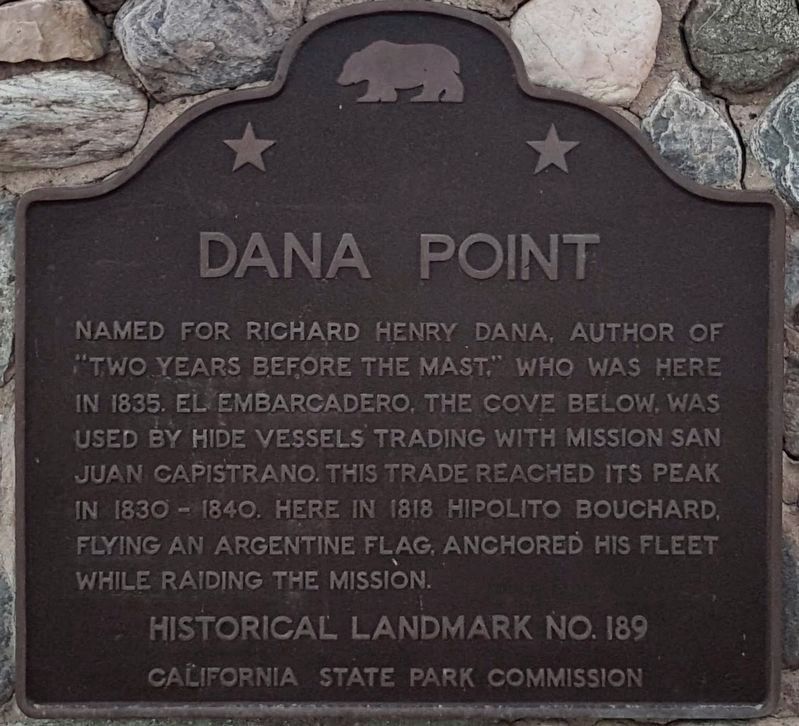
California State Parks NO. 189 DANA POINT – Named for Richard Henry Dana, author of Two Years Before the Mast, who visited here in 1835. El Embarcadero, the cove below, was used by hide vessels trading with Mission San Juan Capistrano. This trade reached its peak in 1830-1840. In 1818 pirate Hipolito Bouchard, flying an Argentine flag, anchored his fleet here while raiding the mission.
Location: Ken Sampson Overview, S of the Blue Lantern at Santa Clara Ave, Dana Point
The City of Dana Point Planning Department has a Historic Resource Application available to the owners of historic buildings. The application simply asks the owner to elaborate on how the structure contributes to the unique urban quality of a downtown, or how the structure contributes to the architectural continuity of the street. Other points that could qualify a building include identification with a person who significantly contributed to the culture or development of the city, state or nation, or how the structure is an illustration of historic development in California, either locally or regionally. The architecture of the building could illustrate the original integrity of a given period in the State or national history or could be an example of a unique design or detail such as materials, windows, landscaping, plaster finishes and architectural innovation. Interesting 1920s photographs of existing Woodruff buildings in the Dana Point Historical Society archives illustrate age, unique design and architectural style.
The partial listing of unique architectural and historic elements above immediately brings to mind two of the numerous examples of unique buildings in Dana Point: the Auditorium and Gateway Building. Both buildings contribute to the unique urban quality of the downtown, the architectural continuity of the street and both are associated with Sidney Woodruff, the developer of Hollywoodland and Dana Point. Of course, the architecture of these and other buildings in Dana Point had its origin in the 1915 Panama California Exhibition that created San Diego’s Balboa Park and resulted in the Spanish Colonial Revival architecture of California.
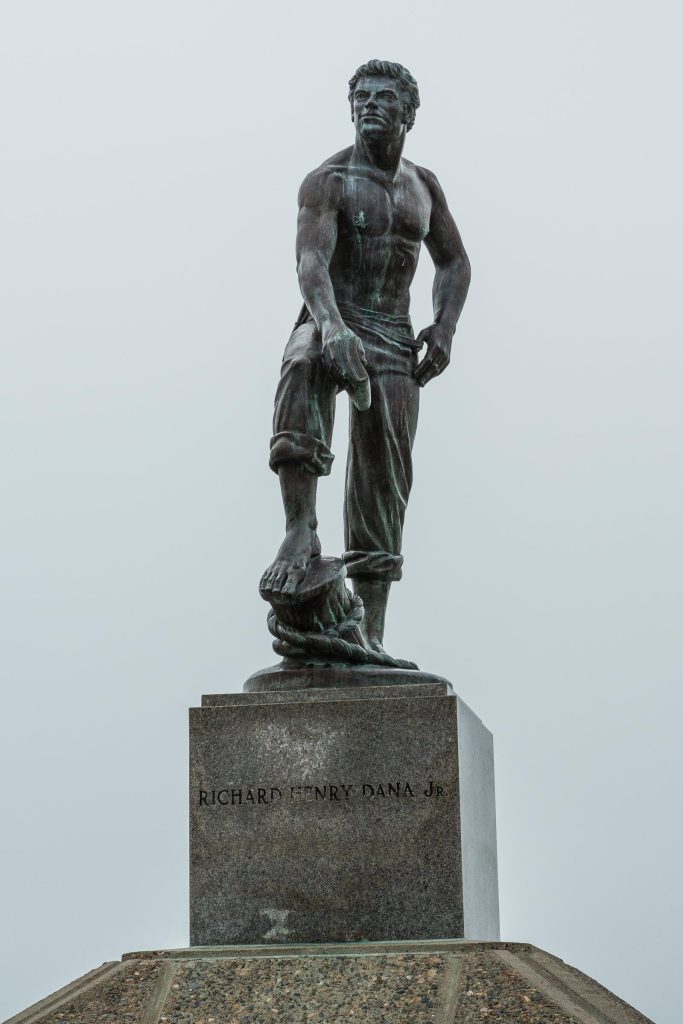
Richard Henry Dana Bronze Sculpture
DATE: 1972
LOCATION: Dana Island, intersection of Island Way and Dana Drive
ARTIST: John Terken
DESCRIPTION: Nine-foot high bronze sculpture of Richard Henry Dana
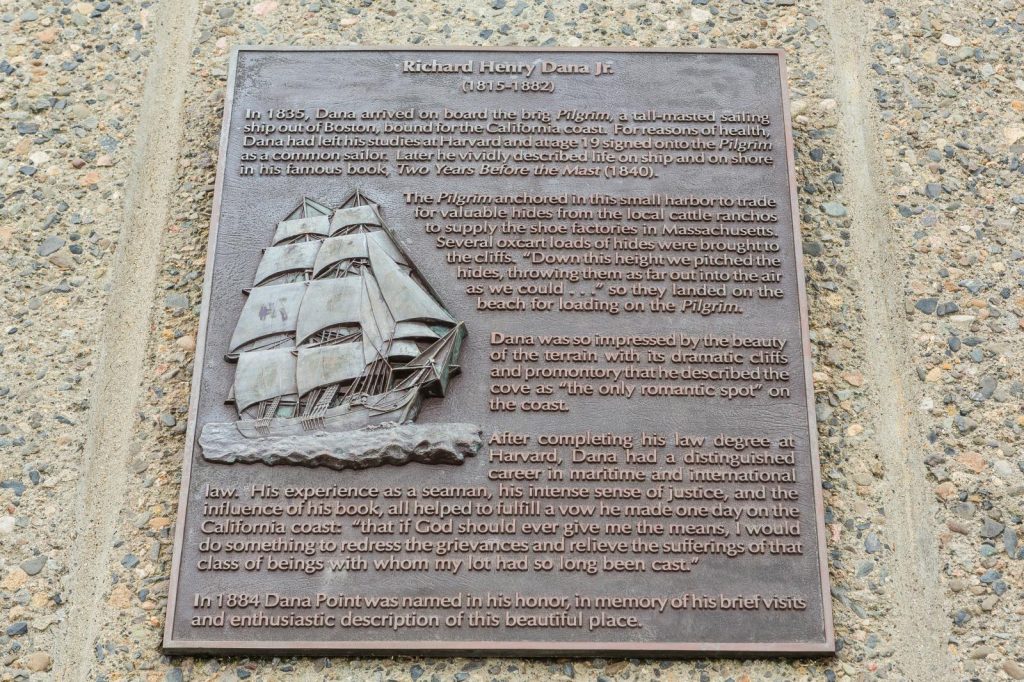
The Hide Drogher

DATE: 1990
LOCATION: At Blufftop Trail between Amber Lantern and Violet Lantern
ARTIST: F. Benedict Coleman
DESCRIPTION: A life sized sculpture, depicting one of the 19th century sailors who used to toss local cowhides from the cliffs to trade for goods from the ships below.
Dana Point Inn
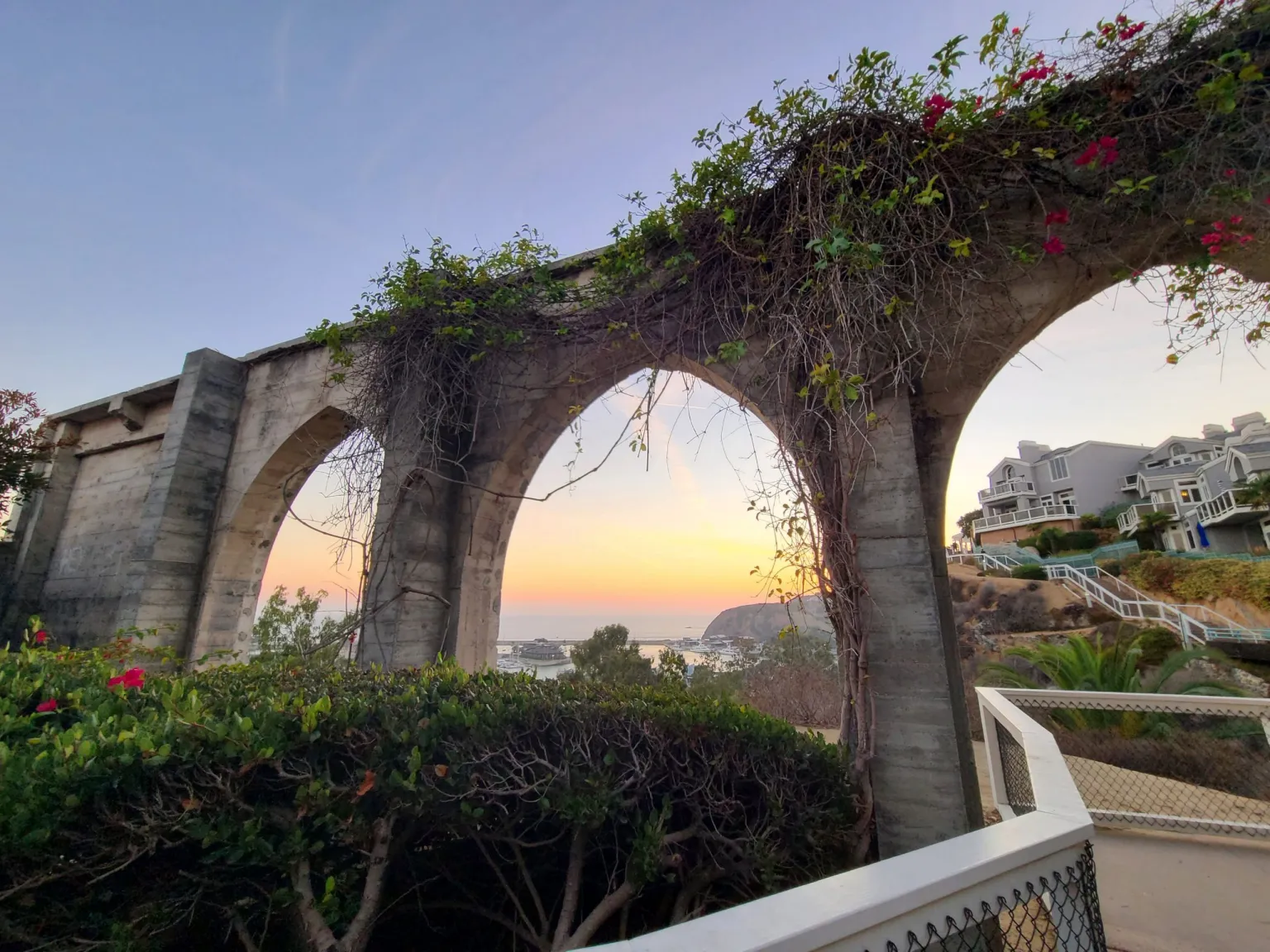
The Dana Point Inn, conceptualized in the 1920s, was envisioned by real estate developer Sidney H. Woodruff as a luxurious resort in Dana Point, California. It was part of a grand plan to create an upscale seaside community modeled after the romantic Mediterranean Revival style, which was popular at the time. The inn was to be a centerpiece of this new development, attracting tourists and prospective residents with its scenic coastal views and opulent amenities.
Despite the ambitious plans, the Dana Point Inn never came to fruition. The Great Depression of the late 1920s and early 1930s significantly impacted the economy, halting Woodruff’s project. As a result, the inn remained unbuilt, and the envisioned resort town did not develop as initially planned. However, the early 20th-century vision for Dana Point contributed to its later growth and development as a picturesque coastal community.
Blue Lantern Fountain Lunch
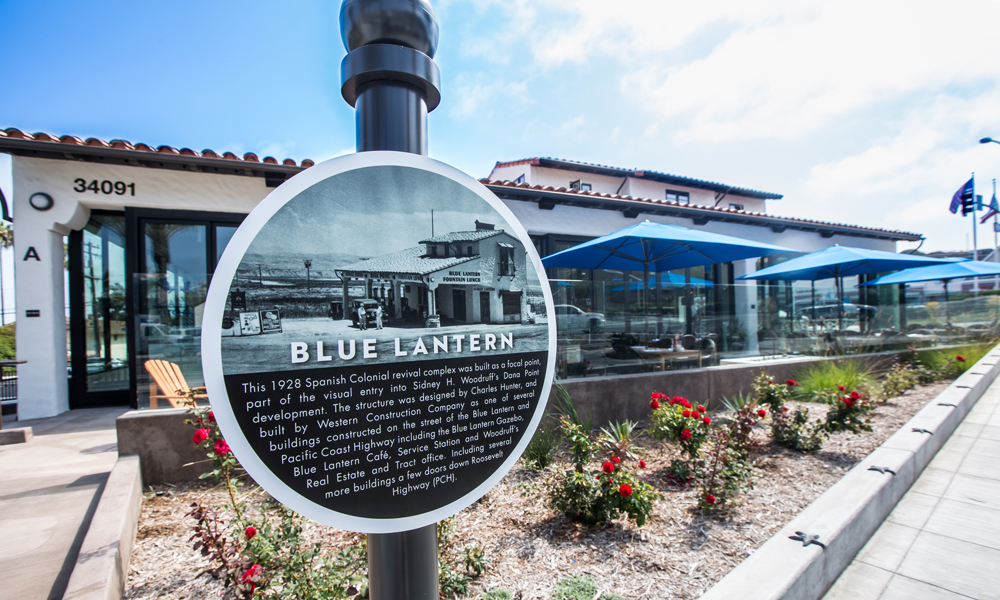
The Blue Lantern Fountain Lunch served as a cafe and service station to Pacific Coast Highway travelers and was the stopping point between Los Angeles and San Diego in the 20s and 30s. The owner was Anna Walters, a Laguna Beach realtor who was a partner in the first land development in Dana Point. Anna retained her investment when Sidney H. Woodruff’s investors purchased Dana Point. The gazebo located at the end of Blue Lantern was built to complement the cafe and service station providing a beautiful view of the harbor. S.H. Woodruff was famous for developing the Hollywoodland tract in the Hollywood Hills and the iconic sign that became HOLLYWOOD when restored. Woodruff had big plans to develop Dana Point but the 1930s crash put a stop to his vision. This historical structure represents over 90 years of Dana Point history. Coastal Kitchen’s extensive renovation pays tribute to the building’s historic Spanish Colonial revival architecture.
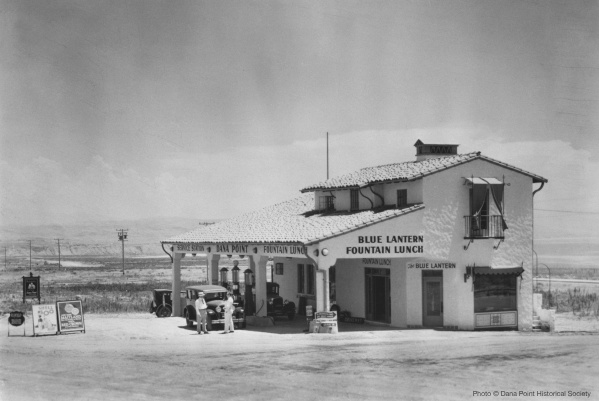

Woodruff Auditoriaum
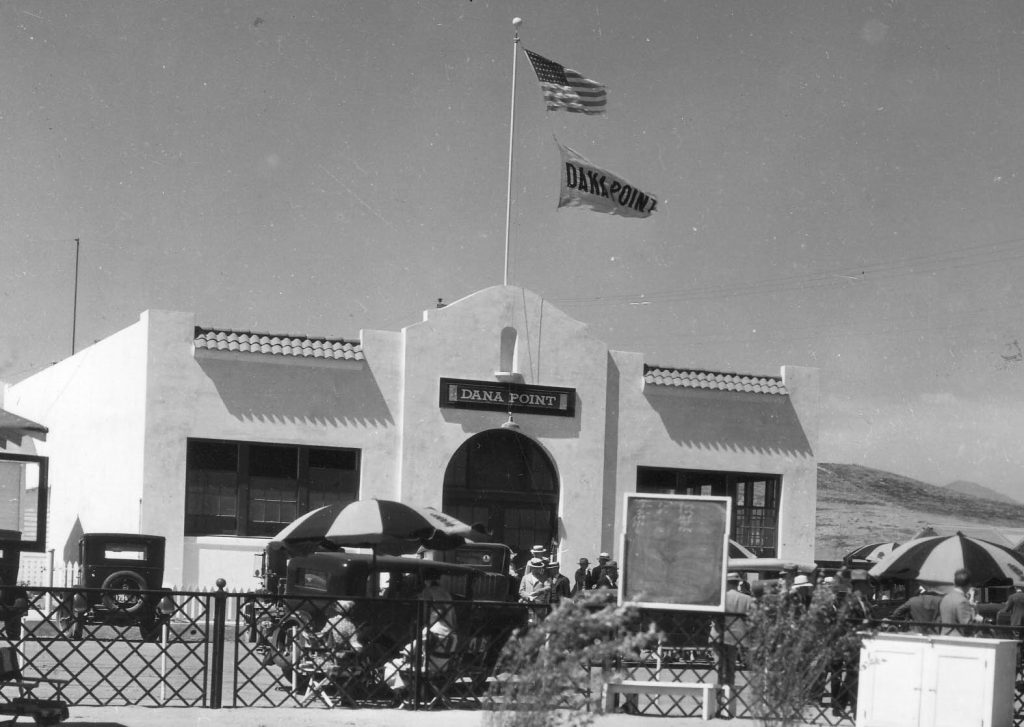
The original Dana Point Community Center is pictured with the Woodruff Sales staff and prospective buyers in front. Built for Sidney H. Woodruff, the auditorium was used for his headquarters and for community events and large sales promotions where the 1920s planned community’s location was praised for abundant water, excellent views and an east-west coastline providing a southern exposure, free from dangerous riptides and undertow. The building has served as a warehouse, a garage, an antique shop, a music school and restaurant. Today, it is located at 24699 Del Prado Ave, Dana Point CA 92629.


